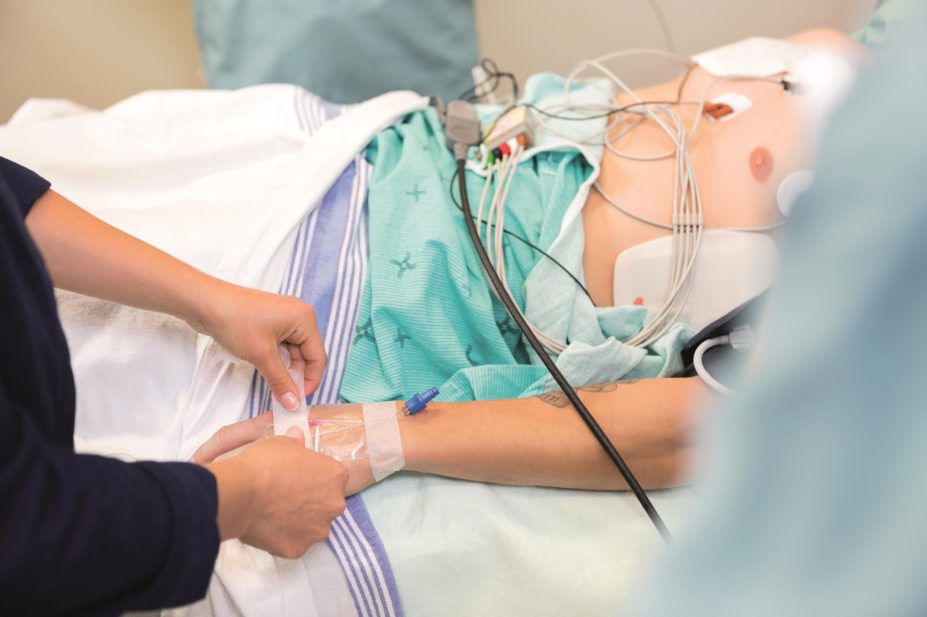
Shutterstock.com
For patients admitted to hospital, the most common cause of preventable death is venous thromboembolism. To improve prophylactic anticoagulation rates, a new protocol was implemented and an audit carried out at the cardiology inpatient unit at St Boniface Hospital, University of Manitoba, Canada.
Researchers found that initially, 36% of high-risk patients were not receiving prophylactic anticoagulation. After the introduction of a new protocol, this dropped to 26% (P=0.024) overall. However, the percentage of patients not receiving anticoagulation began to increase again as time went on.
After implementing a protocol, “a substantial proportion of patients at high risk for VTE still did not receive prophylaxis,” say the authors of the study, published in the Canadian Journal of Cardiology (online, 9 August 2015)[1]
. They suggest that electronic patient records and “innovative software” may help improve anticoagulation rates.
References
[1] Golian M, Moussa M, White C et al. Venous thromboembolism prophylaxis on a cardiology in-patient unit: a surprising result? Canadian Journal of Cardiology 2015. doi: http://dx.doi.org/10.1016/j.cjca.2015.05.023.


